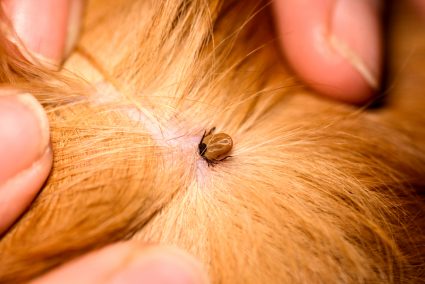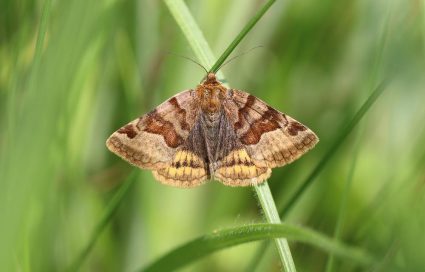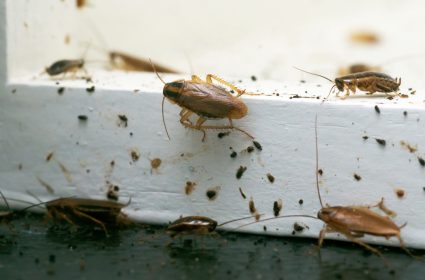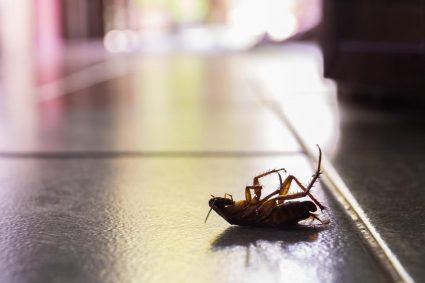
Dust mites are microscopic creatures that can cause significant problems for people with allergies or asthma. These tiny pests feed on dead skin cells and thrive in warm, humid environments such as bedding, mattresses, upholstered furniture, carpets, and curtains. One of the common methods used to eliminate dust mites is using ammonia. But does ammonia really kill dust mites? Let’s delve into this topic in detail.
Yes, ammonia can kill dust mites. However, its direct impact on dust mites is not well-documented in scientific literature. It’s important to use it with caution due to its potential health risks. Other safer methods such as steam vapor treatment and vacuuming may be more effective for controlling dust mite populations and allergens.
What Are Dust Mites?
Dust mites are various species of acariform mites that are found in association with dust in dwellings. The most common type of dust mite found in homes is Dermatophagoides pteronyssinus. They feed on dead human skin cells and thrive in warm, humid settings.
Dust mites can cause allergies in humans. Both the body parts and the waste of dust mites are allergens for many people. Common symptoms of dust mite allergy include wheezing, coughing, breathlessness, a tight feeling in the chest, runny nose, itchy nose, itchy, watery eyes, itchy skin, and skin rashes. Persistent exposure to dust mite allergens can lead to complications such as sinusitis and asthma.
Ammonia and Dust Mites
Ammonia is a strong chemical that can be used to control and kill dust mites. To use ammonia for this purpose, mix a solution of 1/2 cup ammonia with 1 gallon of water and wipe off all surfaces, including countertops, windows, door frames, pet cages, and bookshelves. However, when dealing with ammonia, it is essential to open windows and allow proper ventilation, as the fumes can be harmful. If you are allergic to the smell of ammonia, you can use bleach as a substitute to eliminate dust mites.
How Does Ammonia Interact with Dust Mites?
Ammonia’s effect on dust mites is not well-documented in the scientific literature. However, it is known that ammonia can have negative effects on other organisms, such as mice and humans, causing irritation and damage to the respiratory system. Although the direct impact of ammonia on dust mites is not clear, it is possible that ammonia could have some effect on dust mite populations or allergen levels.
Using Ammonia to Kill Dust Mites
To use ammonia to kill dust mites, mix 1/2 cup of ammonia with 1 gallon of water, and pour the solution into a spray bottle. Spray the solution on surfaces such as countertops, windows, door frames, pet cages, and bookshelves. After spraying, wipe down the surfaces with a damp cloth to remove any traces of ammonia left behind.
Precautions When Using Ammonia
When using ammonia as a dust mite killer, it is essential to take several precautions to ensure safety, as ammonia can be corrosive and harmful to humans. Here are some precautions to consider:
- Use gloves, goggles, and a mask to protect your skin, eyes, and respiratory system from irritation and burns caused by ammonia.
- Work in a well-ventilated area to minimize the risk of inhaling ammonia fumes.
- Do not mix ammonia with bleach or other chemicals, as this can produce toxic gases.
- Keep ammonia in a cool, dry, well-ventilated place with the container tightly closed and protected from sunlight.
- Be cautious when handling ammonia to avoid spills and splashes.
- Know first aid measures in case of exposure.
- Have a documented emergency plan in place if you are using ammonia in a workplace setting.
Dust Mites and Indoor Air Quality
Dust mites can significantly affect indoor air quality and contribute to various health issues. They can increase the risk of asthma attacks and can cause allergic reactions in many people. To reduce dust mites and improve indoor air quality, it is essential to control humidity levels, keeping them below 50%. Using air conditioning and dehumidifiers can help in humid areas. Regular cleaning, vacuuming, and washing bedding in hot water can also help reduce dust mite populations.
In conclusion, while ammonia can kill dust mites, it should be used with caution due to its potential health risks. Other methods such as steam vapor treatment and vacuuming may be more effective and safer for controlling dust mite populations and allergens.
Frequently Asked Questions
Can dust mites be completely eliminated?
It is nearly impossible to completely eliminate dust mites from your home. However, you can significantly reduce their numbers and the amount of dust mite allergen in your home by taking certain measures, such as controlling humidity, regularly cleaning and vacuuming, and using dust mite covers on mattresses and pillows.
Is it safe to inhale ammonia?
It is not safe to inhale ammonia. Exposure to high concentrations of ammonia in air may cause severe burns in your throat and lungs. Even in lower concentrations, ammonia can cause coughing, and nose and throat irritation. Always ensure proper ventilation when using ammonia and wear protective gear.












